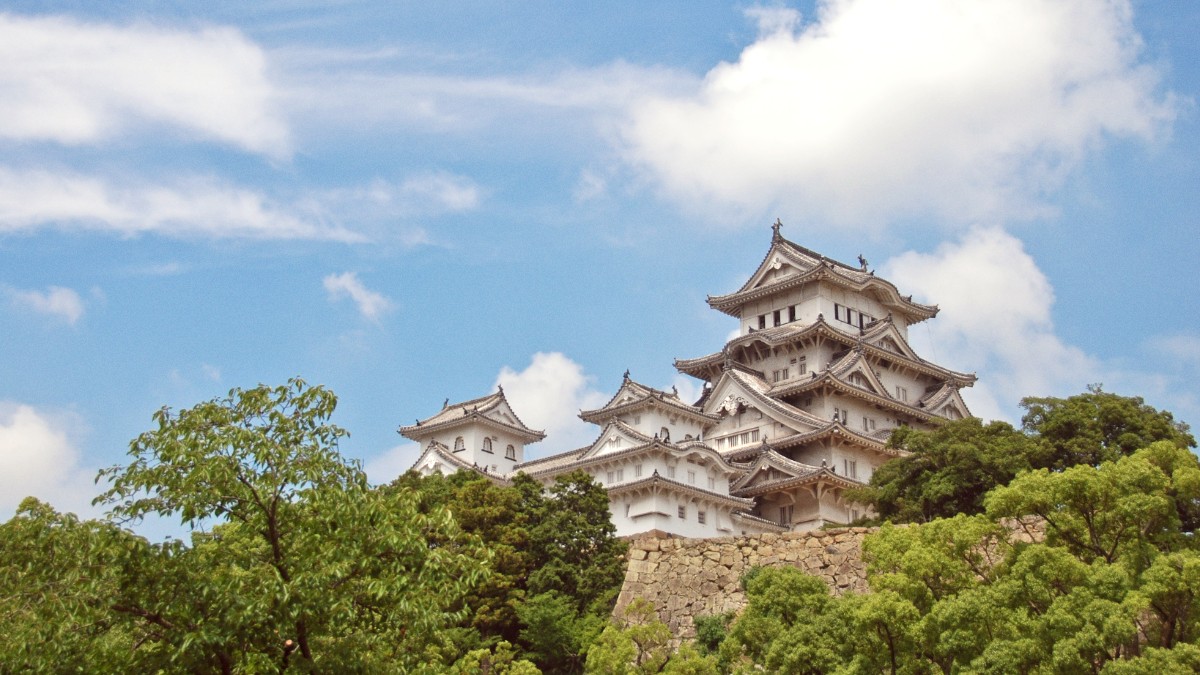
Western Honshu, Japan
Tatami-mat rooms, futon bedding, and traditional Japanese multi-course dinners (Kaiseki) are typical. Many include shared or private Onsen (hot spring baths), providing a deep cultural immersion. Prices vary based on luxury and meal inclusions. For options, check Booking.com or Agoda.
Mainly found in Hiroshima city, these range from budget business hotels to mid-range and luxury international chain hotels like those from IHG Hotels. Miyajima has limited modern hotels, but some traditional inns style themselves as hotels.
Simpler, family-run traditional accommodations. These are often smaller and more budget-friendly than ryokan, with fewer amenities and sometimes shared bathrooms. They are more common in Hiroshima than on Miyajima.
Found predominantly in Hiroshima city, hostels offer dorm beds and some private rooms for budget travelers. Miyajima has very few, if any, hostels. Explore options on Hostelworld.
While less common on Miyajima than in some other spiritual centers, some temples may offer basic lodging. This is not a main option for tourists on Miyajima.
Vacation rentals, available through platforms like Vrbo, are found in Hiroshima city. They offer more space, kitchen facilities, and a local living experience. They are less common and restricted on Miyajima.
Homestays are generally arranged through specific programs and are not a common walk-in option for Miyajima. Community-based tourism is more prevalent in rural areas of Japan. For alternative stays, consider TrustedHousesitters.
No designated public camping sites exist on Miyajima island. Camping is generally not permitted.
Detailed Breakdown of Areas
Both Miyajima and Hiroshima are extremely safe. No specific neighborhoods pose significant safety concerns. All major Miyajima attractions are within walking distance of the ferry terminal. Hiroshima Station and Peace Memorial Park areas offer excellent transport links for city exploration.
Miyajima Island is bustling during the day, especially around Omotesando Shotengai, but becomes very quiet and peaceful in the evenings, creating a serene ambiance. Hiroshima City has typical urban noise levels in central areas, generally well-managed, with hotels typically quiet.
Sometimes, direct booking with ryokan can offer unique packages or availability not found on larger platforms.
Japanese platforms like Rakuten Travel and Jalan.net can offer more local options, but may present language barriers.
Confirm specific policies and inclusions with your chosen accommodation prior to travel.
Here are some suggestions for places to stay, categorized by budget and traveler type.
Budget: Limited. Consider staying in Hiroshima. Basic guesthouses or minshuku are rare finds.
Budget: Hostels like WeBase Hiroshima (modern, central), Capsule Hotels like Grids Hiroshima (near station).
Miyajima: Ryokan with spacious family rooms or adjoining rooms, often with a relaxed atmosphere. Iwaso Ryokan or Kinsuikan can accommodate families, though they may be pricey.
Miyajima: While ryokan are wonderful, solo travelers might find them pricey. Consider a mid-range ryokan during off-peak for a cultural experience, or choose a day trip from Hiroshima.
For longer stays, like a week or more, Hiroshima city offers more options. These include serviced apartments or vacation rentals with kitchen facilities, which are scarce on Miyajima.
Apartment rentals can offer more space and the option for self-catering, which can be budget-friendly for extended visits.
Hiroshima can serve as a central base for exploring other parts of Western Honshu.
Hotels in Hiroshima offer a broader range of facilities like gyms, pools, and business centers.
One of Japan's most historic and renowned ryokan. It has operated for over 160 years. Located in Momijidani Park, it offers a truly traditional and luxurious Japanese experience with exquisite cuisine.
Many other traditional ryokan on Miyajima, though less globally famous than Iwaso, offer a strong sense of local culture and history through their architecture, service, and cuisine.
These properties often feature traditional garden designs, historical artifacts, and architectural elements from different eras.
Staying at these properties offers an authentic Japanese hospitality experience known as Omotenashi.
Many ryokan stays include dinner and breakfast, which are often elaborate and a highlight of the experience. These traditional meals may not suit all palates, but offer unique flavors.
Ideal for cultural immersion and serene evenings. Focus on traditional ryokan. Limited options outside high-end.
A practical and flexible base. Offers a wider range of hotel types, dining, and nightlife. Excellent transportation.
Especially important for Miyajima ryokan during peak seasons to secure your preferred stay and avoid disappointment.